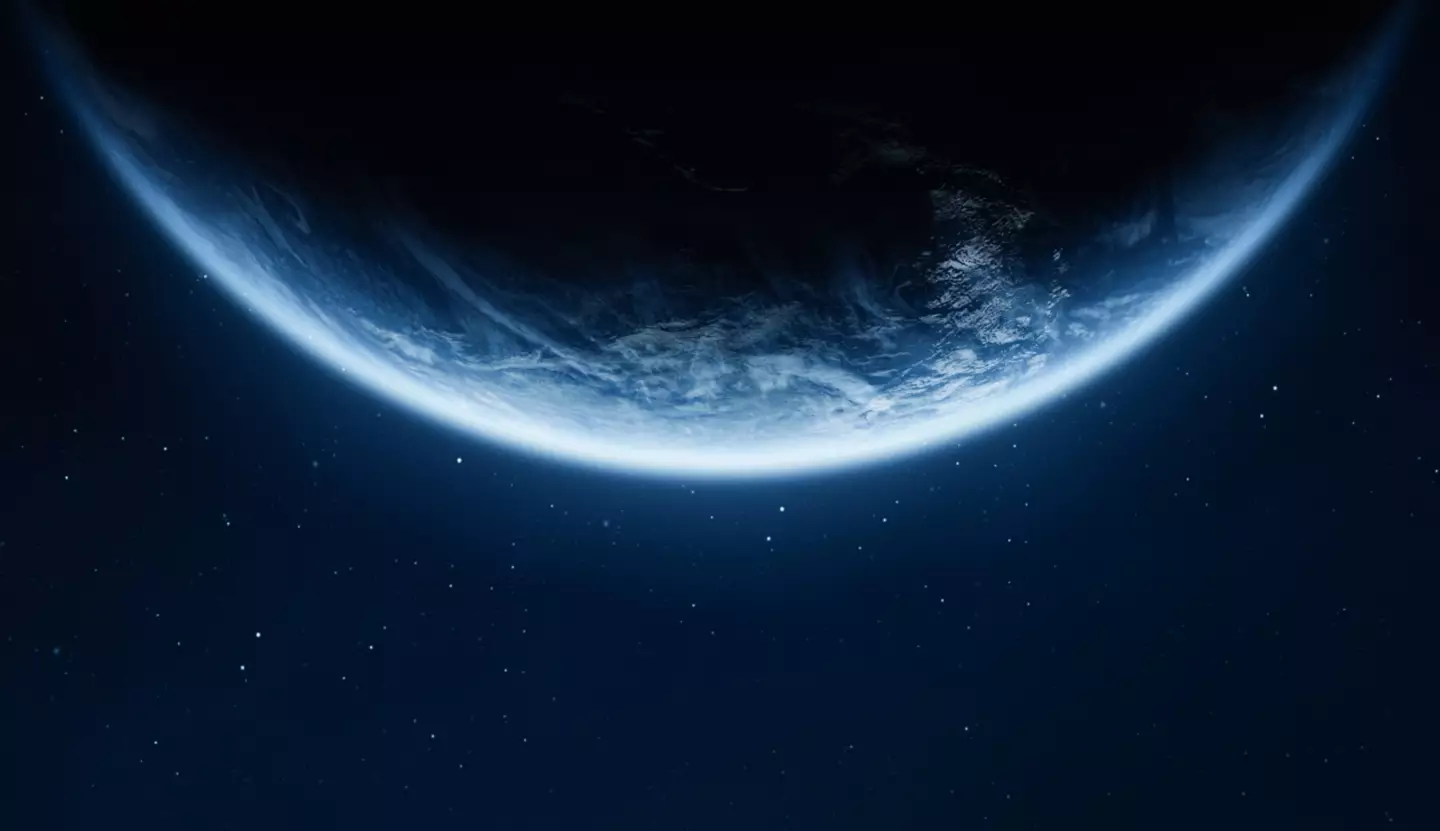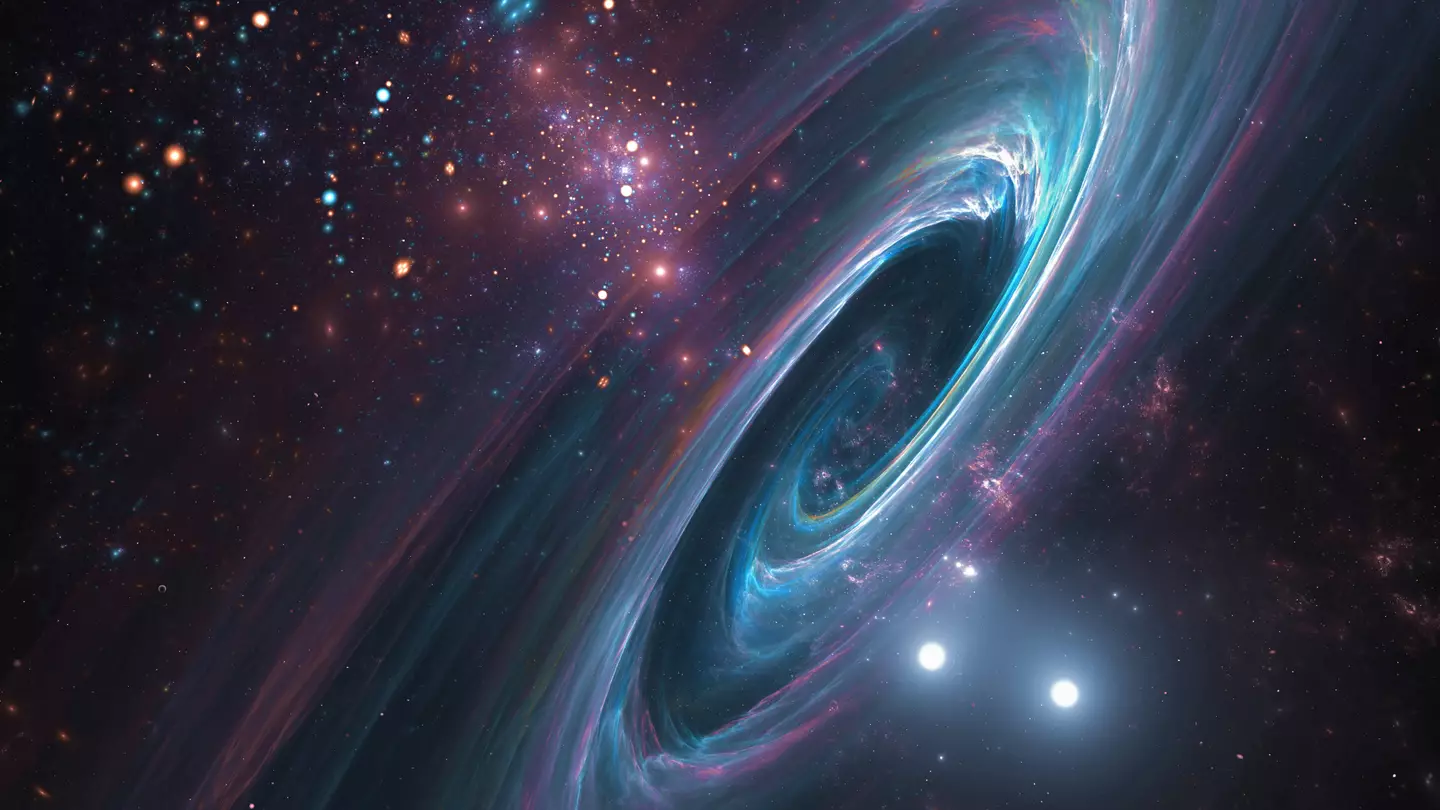A team of researchers believes they may have found evidence suggesting the existence of a parallel universe.
In 2019, scientists observed a gravitational wave signal that left them puzzled. For those unfamiliar with the concept, gravitational waves are described as ‘ripples in space-time caused by some of the most violent and energetic processes in the Universe,’ according to the Laser Interferometer Gravitational-Wave Observatory (LIGO).
The signal in question, known as GW190521, was initially thought to have been caused by the collision of two black holes. However, a team from the Chinese Academy of Sciences has proposed an alternative explanation.
This group of scientists recently published a paper entitled ‘Is GW190521 a gravitational wave echo of wormhole remnant from another universe?’ which was submitted on September 9.
As reported by Futurism, the paper has not yet undergone peer review.

The researchers are questioning whether GW190521 was truly caused by black holes merging.
They suggest that the wave signal may have traveled through a wormhole from a parallel universe.
In their paper, the researchers state: “A particularly compelling aspect of the GW190521 event detected by the LIGO-Virgo collaboration is that it has an extremely short duration, and lacks a clearly identifiable inspiral phase usually observed in the binary black holes (BBHs) coalescence.”
“In this work, we hypothesize that GW190521 might represent a single, isolated gravitational wave (GW) echo pulse from the wormhole, which is the postmerger remnant of BBHs in another universe and connected to our universe through a throat [of a wormhole].”
The ‘throat’ of a wormhole is the core section that forms a tunnel, providing a shortcut between different locations.
The researchers from the Chinese Academy of Sciences acknowledge that while the wave is likely from colliding BBHs, the evidence is ‘not significant enough to rule out the possibility that the echo-for-wormhole model is a viable hypothesis for the GW190521 event’.
The concept of a multiverse has been a topic of speculation for some time.
One proponent of the idea of multiple universes is author and theoretical physicist Alexander Vilenkin.
Vilenkin posits that inflation did not conclude simultaneously everywhere, and that cosmic inflation continues in other regions.

In a 2011 article in Scientific American, Vilenkin explained: “In our cosmic neighborhood, inflation ended 13.7 billion years ago, but it still continues in remote parts of the universe, and other ‘normal’ regions like ours are constantly being formed. The new regions appear as tiny, microscopic bubbles and immediately start to grow.
“The bubbles keep growing without bound; in the meantime, they are driven apart by the inflationary expansion, making room for more bubbles to form. This never-ending process is called eternal inflation.
“We live in one of the bubbles and can observe only a small part of it. No matter how fast we travel, we cannot catch up with the expanding boundaries of our bubble, so for all practical purposes we live in a self-contained bubble universe.”

